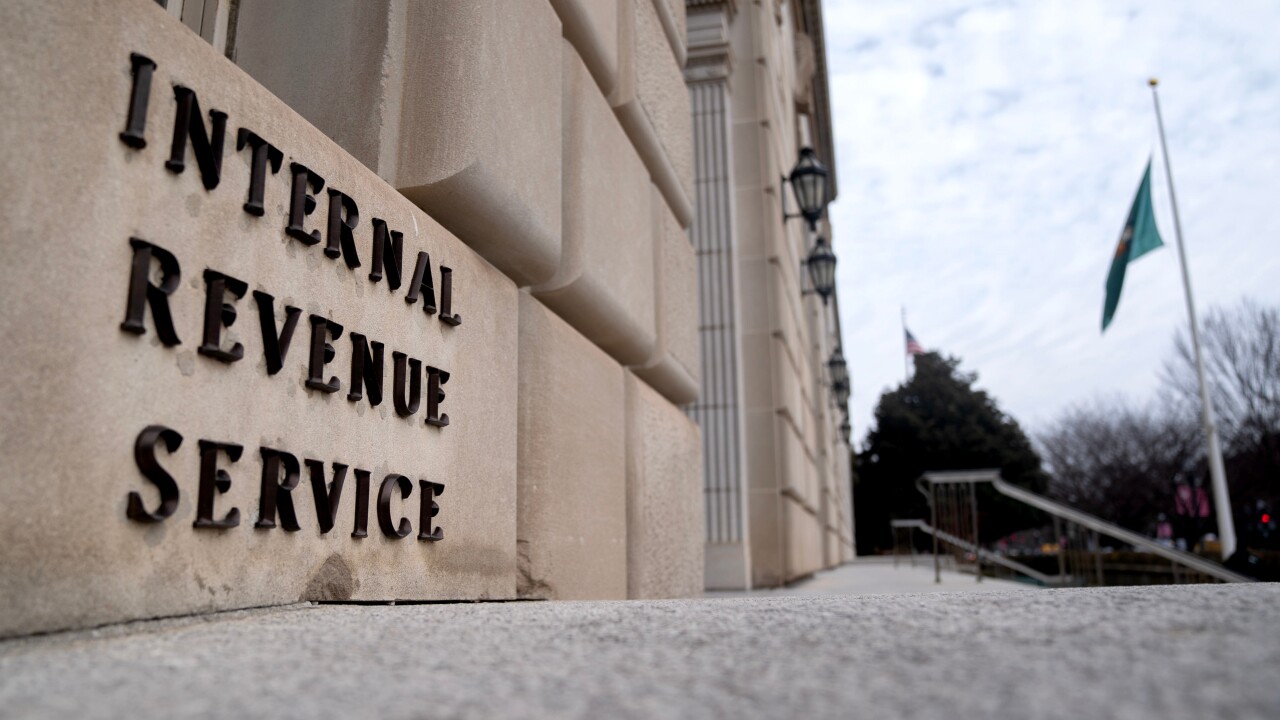IMGCAP(1)]The IRS relieved small business taxpayers earlier this year from having to file mandatory Form 3115’s to comply with the newly issued tangible property regulations. Accepting this relief under
More importantly, many accountants and tax pros do not realize they can simply elect out of Rev. Proc. 2015-20 to extend the window of time their clients can claim missed repair deductions. This is done by filing a statement with 2014 tax returns indicating their qualifying trade or business is not applying the simplified procedure of Rev. Proc. 2015-20. Qualified small business taxpayers who accept the relief of Rev. Proc. 2015-20 automatically forfeit any opportunity to retroactively correct capitalized expenditures that should have been deducted in years prior to 2014. Small taxpayers who adopt Rev. Proc. 2015-20 cannot:
1. Claim missed repair deductions that were mistakenly capitalized in tax years prior to 2014; or
2. Claim late partial disposition deductions on building components that were retired in tax years prior to 2014.
A “small business taxpayer” for this purpose is any business with total assets of less than $10 million or less than $10 million in average annual gross receipts (from the prior three taxable years).
Somewhere in the frenzy of complying with the tangible property regulations this year, many accountants and tax professionals mistakenly think the window closes for all tax-saving opportunities. However, even though 2014 is the last year for both large and small taxpayers to claim late partial disposition deductions, this is not the case for missed repair deductions. Taxpayers who don’t file a method change to correct missed repair deductions on the 2014 return can do so on the 2015 return, as long as they do not adopt Rev. Proc. 2015-20.
[IMGCAP(2)]For example, let’s say ABC Company owns an office building. In 2011, it replaced the roof membrane with comparable material at a cost of $100,000. It capitalized the cost and began depreciating it over 39 years. Under the tangible property regulations, the cost of the new membrane could have been expensed when incurred. ABC Company can immediately expense the remaining depreciable basis of the roof membrane in any future tax year by filing Form 3115 with an IRC §481(a) adjustment. Conversely, if ABC Company adopts Rev. Proc. 2015-20, it must forever continue to depreciate the roof membrane.
Small business taxpayers that do not file Form 3115 related to the repair regulations with their 2014 tax return are presumed to have adopted Rev. Proc. 2015-20. As such, these taxpayers automatically forfeit any opportunity to retroactively correct expenditures that could have been expensed in years prior to 2014. Small business taxpayers that have already filed their 2014 return without a statement to elect out of 2015-20 can still file a superseded return under Administrative Procedures Relief of 301.9100-2(b) within six months from the original due date of the return.
[IMGCAP(3)]Hence, for partnerships who filed their tax returns by the original date due date of April 15, 2015, the last date to file their superseded returns is Oct. 15, 2015.
So Sum Lee is a director at





